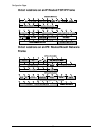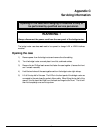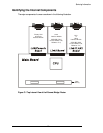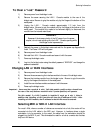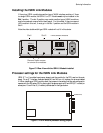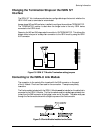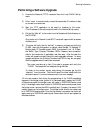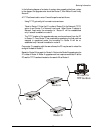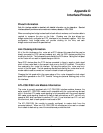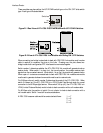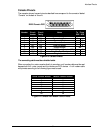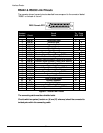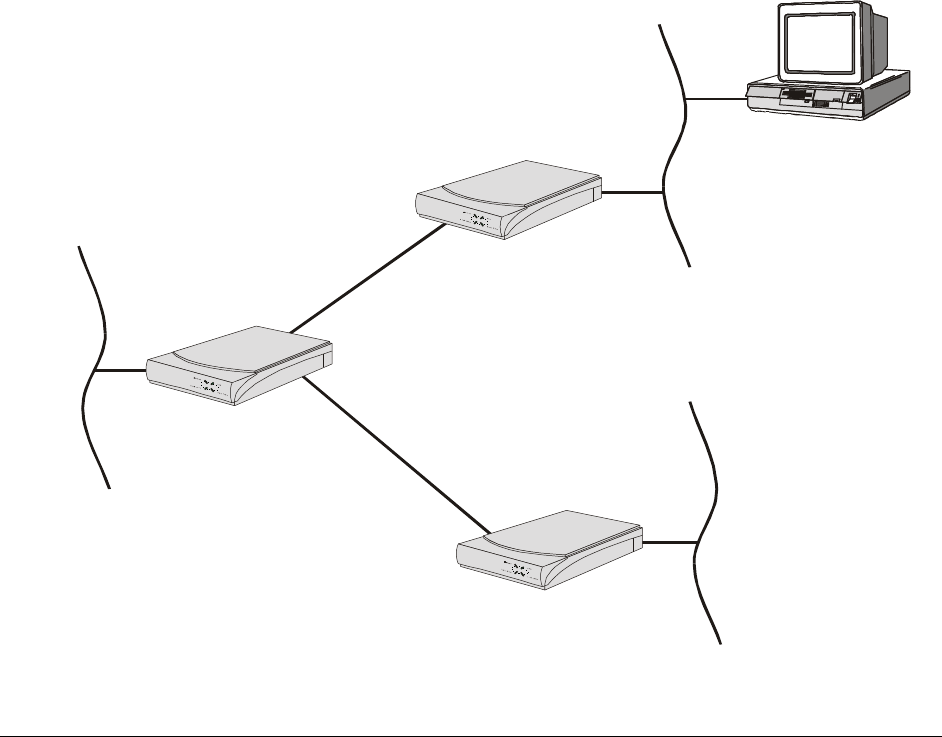
Servicing Information
77
In the following diagram of a cluster of routers, when upgrading the three routers
in the diagram, the upgrade order should be Router C, then Router B, and finally
Router A.
A TFTP software load to router C would be performed as follows:
- Using TFTP, get config.txt from each router and save.
- Telnet to Router C. Enter the ID or alias of Router B in the Network (TFTP)
option to put Router C in Network Load mode. When Router C restarts in
Network Load mode, the connection to “Router B” will be re-established
only if autocall is enabled on router B.
- The TFTP transfer of the upgrade code may now be performed from the PC
to Router C. Once Router C has completed programming the flash and has
restarted in operational mode, the connection to Router B will be re-
established only if autocall is enabled on router B.
Once router C is operating with the new software, the PC may be used to reload the
config.txt file back to Router C.
Repeat for Router B, then again for Router A. Perform the Router B upgrade using the
ID or alias of Router A. Router A upgrades would not require a remote site ID as the
PC used for TFTP transfers is located on the same LAN as Router A.
Router A
PC used for
TFTP transfers
Router B
Router C



